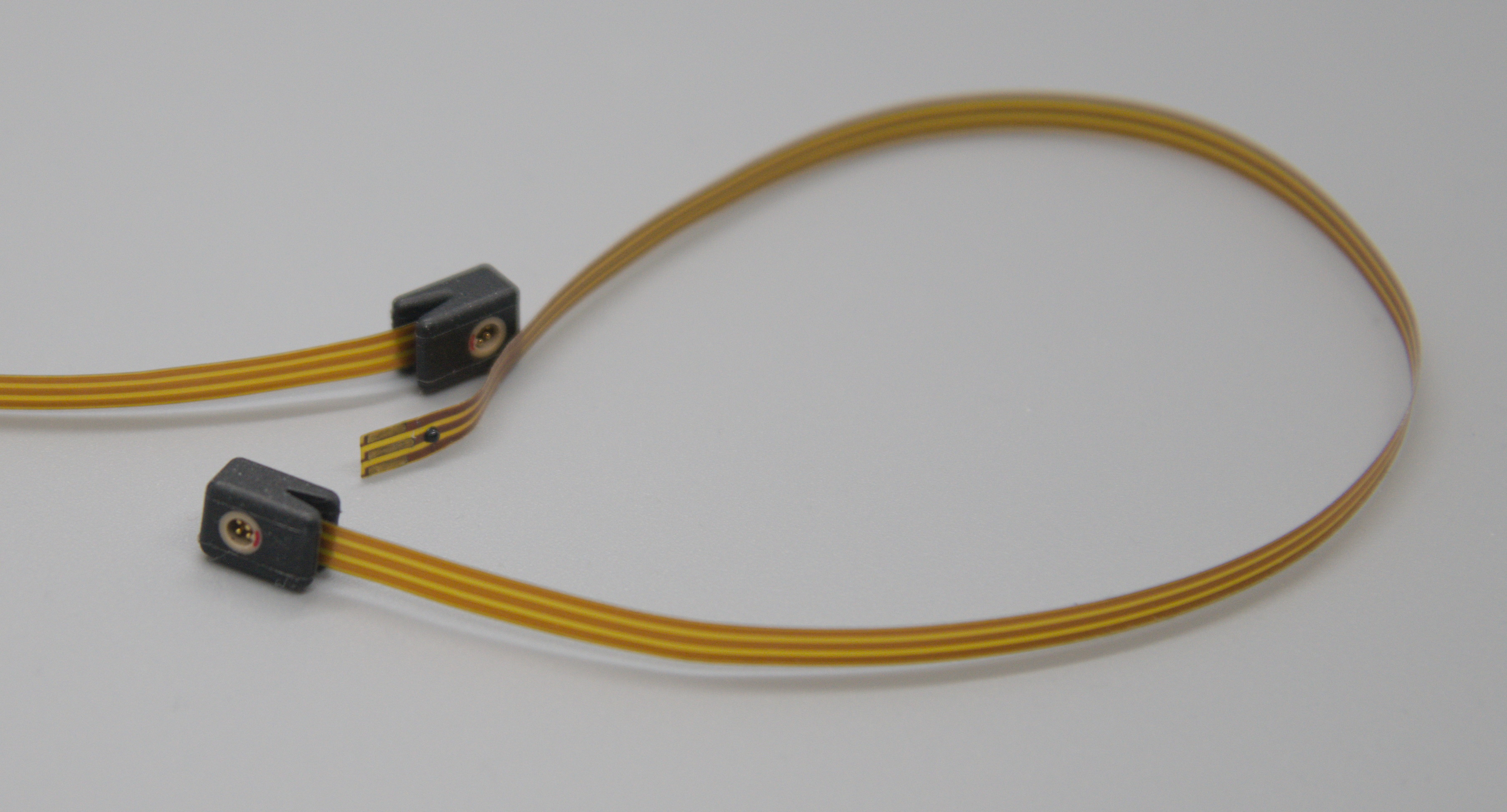You are using an out of date browser. It may not display this or other websites correctly.
You should upgrade or use an alternative browser.
You should upgrade or use an alternative browser.
Difference between Hi-Pro cables (standard CS44 cable and Phonak/Unitron cable)
- Thread starter pvc
- Start date
Thanks alot i will try find oneThis is a pair of flexstrips;

pvc
Well-Known Member
- Joined
- Apr 12, 2023
- Messages
- 2,787
- Reaction score
- 715
For future DIYers; End of this story is posted here on this Topic;
→ Difference between Hi-Pro cables (standard CS44 cable and Phonak/Unitron cable)
→ Difference between Hi-Pro cables (standard CS44 cable and Phonak/Unitron cable)
fireinzell
New Member
- Joined
- Apr 12, 2023
- Messages
- 3
- Reaction score
- 2
There is no difference between standard CS44 cable and Starkey Purple/Straight Cable. The Starkey Purple Cable have same pinout as standard CS44 cable.Please, write the difference between Hi-Pro cables (standard CS44 cable) and Starkey Purple/Straight Cable
I know this , because years ago i could only find a pair of straight CS44a (Phonak) cables and have to make a adapter which reverse pin 3 and pin4 to programm my Starkey hearing aids.
Thank you very much!There is no difference between standard CS44 cable and Starkey Purple/Straight Cable. The Starkey Purple Cable have same pinout as standard CS44 cable.
I know this , because years ago i could only find a pair of straight CS44a (Phonak) cables and have to make a adapter which reverse pin 3 and pin4 to programm my Starkey hearing aids.
You have dispelled my doubts about purchasing cables for my two Microtech Summit IQ I1600 BTE 13 BTE 13 PWRPLS CHMP - these are Hi-Pro standard 2 m CS44 cables blue 058-5005 (521-381-007) and Red 058-5006 (521-381-008).
Am I right?
pvc
Well-Known Member
- Joined
- Apr 12, 2023
- Messages
- 2,787
- Reaction score
- 715
Last edited:
pvc
Well-Known Member
- Joined
- Apr 12, 2023
- Messages
- 2,787
- Reaction score
- 715
Alternatively there is a (.txt file) floating around and it has instructions inside about how to create an executable .Bat file which will upon execution, prompt you for 14 different possible "Launch" parameters. Then you just choose the one you want to run by entering a number between 1 and 14.you will have to pass a "Launch MicroTechFitting" parameter when you run Starkey Inspire
You did change 4 pin and works as 3 pin flix strip?There is no difference between standard CS44 cable and Starkey Purple/Straight Cable. The Starkey Purple Cable have same pinout as standard CS44 cable.
I know this , because years ago i could only find a pair of straight CS44a (Phonak) cables and have to make a adapter which reverse pin 3 and pin4 to programm my Starkey hearing aids.
pvc
Well-Known Member
- Joined
- Apr 12, 2023
- Messages
- 2,787
- Reaction score
- 715
It was different from the standard CS44 cable and it was different from the CS44a Phonak/Unitron with pins 3&4 reversed!HMm; I did a pinout on the Starkey Purple/Straight Cable about five years ago. But the images got lost, and the pinout was part of the image.
CLIP from another forum follows;
You can test continuity on pins 1 through 4 with a paper clip and a multi-meter from Harbor Freight which only cost $2 on sale, or free with promo coupon. Whoops, sorry the paper clip will be too large for the tiny end of a CS44 cable. You will need a smaller probe. Maybe a very tiny wire clipped to the end of the multi-meter probe.
I used a twisty-tire from a loaf of bread and scraped the paper off revealing the tiny wire. The pinouts for standard CS44 and Phonak/Unitron CS44a are well known. Your pinout for Starkey Purple/Straight Cable will be different from both standard CS44 and Phonak/Unitron CS44a. I would be happy to test it for you, but I no longer possess Starkey Purple/Straight Cable.
pvc
Well-Known Member
- Joined
- Apr 12, 2023
- Messages
- 2,787
- Reaction score
- 715
Here's a link to a → 2024-03-11 Pinout of the Starkey Purple/Straight Cable. Yes, it is different from the standard CS44 cable and also different from the CS44a Phonak/Unitron cable with pins 3&4 reversed!
Here's a repeat of theStarkey Purple/Straight Cable Pinout;
CS44 Mini-DIN Male Pin 1 = CS44 miniature Female Pin 2
CS44 Mini-DIN Male Pin 2 = CS44 miniature Female Pin 4
CS44 Mini-DIN Male Pin 3 = CS44 miniature Female Pin 1
CS44 Mini-DIN Male Pin 4 = CS44 miniature Female Pin 3

Here's a repeat of theStarkey Purple/Straight Cable Pinout;
CS44 Mini-DIN Male Pin 1 = CS44 miniature Female Pin 2
CS44 Mini-DIN Male Pin 2 = CS44 miniature Female Pin 4
CS44 Mini-DIN Male Pin 3 = CS44 miniature Female Pin 1
CS44 Mini-DIN Male Pin 4 = CS44 miniature Female Pin 3
How to continuity test without a multi-meter. The purpose of using a multimeter (in ohms mode) to continuity test is to associate pins and sockets with wire color so you know which ones to swap, and also to verify you've connected them properly.
You don't really need a multimeter. If you have a flashlight with a removable battery, for example, you can turn it into a continuity tester with some spare wire. And if you are modifying a PS/2 cable that's your source of spare wire.
You need three short pieces of wire, with insulation stripped off their ends. Using something as simple as Scotch tape, tape a separate wire to each end to the battery (don't connect the same wire to both ends, the wire will get hot and drain the battery.). Tape one of the wire ends from the battery to one connection on the flashlight bulb. Tape a third wire to the other connection on the lightbulb. You should now have two wire ends unconnected, one from the battery and one from the light bulb. If you touch those ends together the lightbulb should light up. Meaning you have proved continuity.
Now you can touch one wire end to a PS/2 pin and touch the (insulation stripped) cable wires and find out which color wire lights up the bulb. You have now mapped pins to wire color.
You don't really need a multimeter. If you have a flashlight with a removable battery, for example, you can turn it into a continuity tester with some spare wire. And if you are modifying a PS/2 cable that's your source of spare wire.
You need three short pieces of wire, with insulation stripped off their ends. Using something as simple as Scotch tape, tape a separate wire to each end to the battery (don't connect the same wire to both ends, the wire will get hot and drain the battery.). Tape one of the wire ends from the battery to one connection on the flashlight bulb. Tape a third wire to the other connection on the lightbulb. You should now have two wire ends unconnected, one from the battery and one from the light bulb. If you touch those ends together the lightbulb should light up. Meaning you have proved continuity.
Now you can touch one wire end to a PS/2 pin and touch the (insulation stripped) cable wires and find out which color wire lights up the bulb. You have now mapped pins to wire color.


